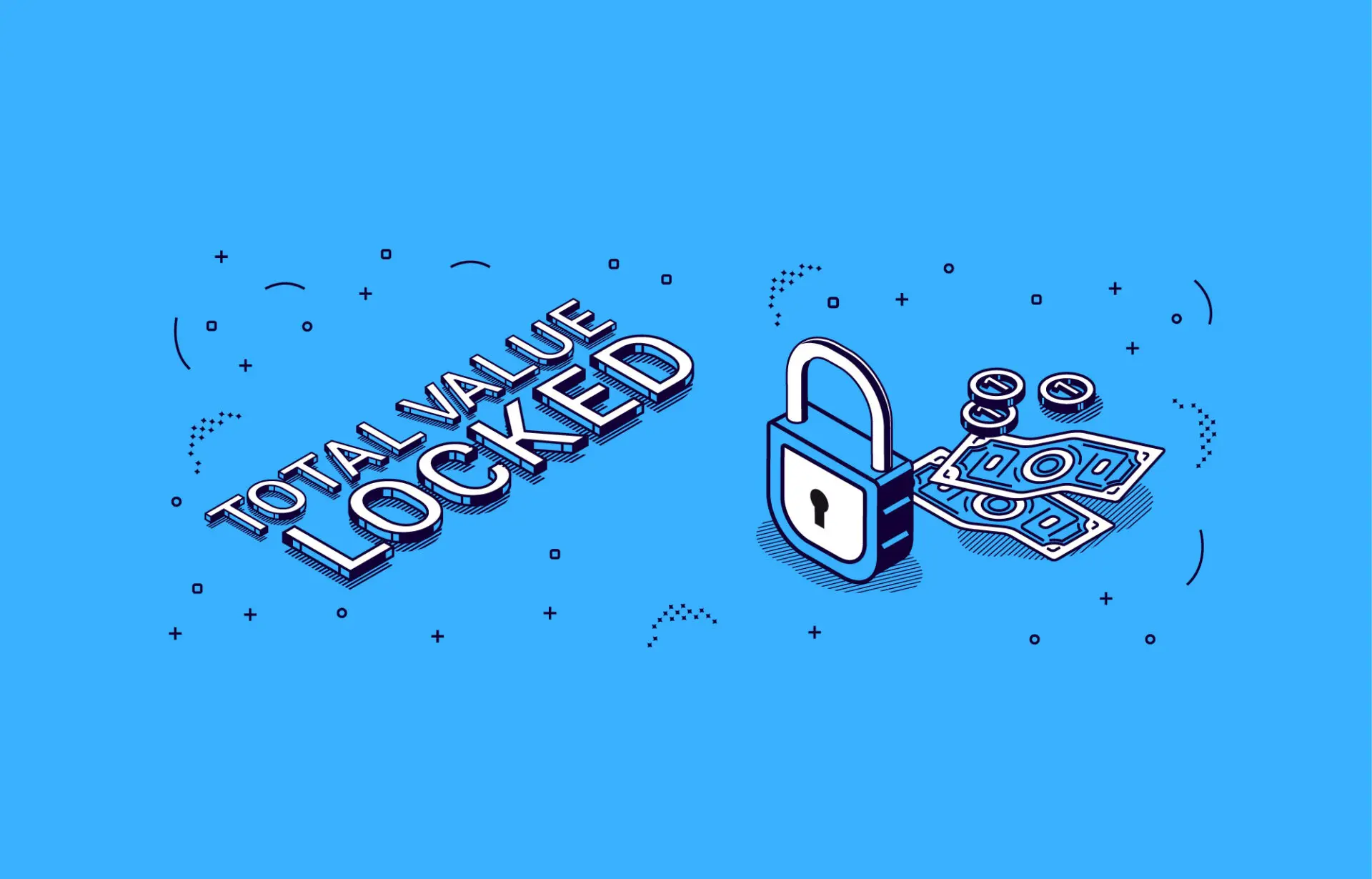What is DeFi?
Short for “decentralized finance,” DeFi is a broad term that refers both to a new, digital-native financial system and to the range of digital applications and protocols that support it. As its name suggests, DeFi does not entail a centralized system akin to the traditional financial infrastructure of retail banks, multi-national financial institutions, and credit card companies.
Born on the internet, this digital-native financial system was greatly influenced by the rise of blockchain technology, and it was initially designed to function more or less like a peer-to-peer system to trade cryptocurrencies. Because of its reliance on blockchain technology, DeFi has become renowned for having similar advantages to that of blockchains, in that it is open-source, accessible by anyone, and allows its privacy-concerned users to remain anonymous.
At its core, DeFi was envisioned as a workaround to many of the problems found in the traditional financial system (TradFi), such as barriers to entry and centralized power structures. By cutting out the middlemen, DeFi could become a democratic, global solution for the unbanked while helping to mitigate some of the fees associated with TradFi.
Why is DeFi important?
Although the exact current market size of DeFi is hard to estimate by its very (decentralized) nature, the adoption figures for DeFi protocols give us a clue as to the market’s magnitude. According to research done by the venture capital firm Andreessen Horowitz, “DeFi would represent the 31st largest US bank by total assets under management,” a figure known as “locked value.” Crypto Rank analysis estimates the total locked value in DeFi protocols to be around $116 billion as of June 2022.
Yet the amount people have invested in DeFi is only one part of the story—there is also how much they are being paid by it, which is especially relevant for creators such as the people behind the uber-popular NFTs. These creators are an integral part of another concept closely related to DeFi, known as Web3.
A decentralized idea for the internet based on blockchain technology, Web3 is significant in that it aims to dismantle the stronghold “Big Tech” companies have over the data shared online—meaning the digital landscape we’re all familiar with, which is often referred to as Web2.
According to the above-mentioned 2022 State of Crypto Report by Andreessen Horowitz, “in 2021, primary sales of Ethereum-based NFTs, plus the royalties paid to creators from secondary sales on OpenSea, yielded a total of $3.9 billion… That’s quadruple the $1 billion – less than 1% of revenues – that Meta has earmarked for creators through 2022.”
What’s more, research also found that Web3 creators are paid far more per capita than Web2 creators are. According to the venture capital firm’s analysis, “Web3 paid out $174,000 per creator [in 2021], while Meta paid out $0.10 per user, Spotify paid out $636 per artist, and YouTube paid out $405 per channel. Web3 is tiny but mighty.”
DeFi TVL figures from June 13, 2022 via Crypto Rank
What makes DeFi unique?
Besides NFTs, other current applications of DeFi include e-wallets, stablecoins, decentralized exchanges (DEXs) where users can trade cryptocurrencies amongst themselves, lending platforms that use smart contracts, and prediction markets where users wager their crypto to bet on the outcome of future events (“will the pandemic last into 2023?” could be an example).
Given their reliance on smart contracts to execute complex financial transactions, most DeFi applications (or dApps, as they’re sometimes known) utilize the Ethereum platform for now. Other concepts in DeFi have also emerged recently, such as yield farming, liquidity mining, and composability.
Let’s dive into what these concepts mean, and how they shape the world of DeFi:
Stablecoins
The use of stablecoins is a huge advantage of DeFi platforms, as these cryptocurrencies are pegged to fiat currencies that promise a degree of price stability as opposed to non-fiat-backed cryptocurrencies. Recently, DeFi protocols that utilize multichain stablecoins have welcomed a surge in interest, even despite the current instability affecting the cryptocurrency landscape as a whole.
Lending platforms
These are another DeFi use case which allow users to earn passive income on their cryptocurrencies by lending them out to other users. The borrowing users are required to provide collateral (often crypto) to take out a loan, meaning they don’t have to give out their personal information as they would in TradFi.
Composability
In the context of DeFi, composability refers to the ability to combine different blockchain protocols (such as DEXs, lending platforms, and more) to “compose,” or build, full-fledged financial services and products for users. This is obviously an asset for DeFi, and one that poses a great deal of possibilities for its future.
Yield farming
On the riskier side are practices such as yield farming, which experts have dubbed the “rocket fuel” of crypto. Essentially, yield farming is where crypto lenders seek out the best deal—with the highest annual percentage yield, or APY—for financially backing certain options, such as investing in startups that require crypto assets to get off the ground. In return, yield farmers multiply their cryptocurrency reserves, which puts them in a position to lend out even more crypto with greater returns in the future.
Despite its obvious draw for crypto investors, yield farming also poses some disadvantages, as the smart contracts that facilitate these loans can sometimes be hacked. Another risk associated with yield farming is known as a “rug pull,” wherein ill-intentioned crypto developers spend time hyping up and drawing investments for a product before suddenly pulling out of the DeFi platform, essentially defrauding the investors out of their money.
The future of DeFi
As mentioned earlier, many DeFi platforms currently operate on the Ethereum protocol, so the planned improvements to this cryptocurrency—known as Ethereum 2.0—will undoubtedly affect the operation of these DeFi apps.
Not to be outdone by Ethereum, Bitcoin is similarly working on developing DeFi solutions that utilize the Bitcoin protocol. And there are other contenders in the DeFi market, too—new kids on the block such as Solana, BNB Chain, Fantom, and others who usually compete with Ethereum on scalability (better performance) and pricing (lower fees).
Regardless of which DeFi platform comes out on top, it is clear that the main problems facing decentralized finance—such as data security and system vulnerabilities in terms of “bad players” in the market—must be resolved through continuous improvements and upgrades.
Although adopting a more centralized form of governance may be diametrically opposed to everything that DeFi stands for, some of TradFi’s governance practices may have to be employed to address the shortcomings of DeFi’s current iteration. But whatever the future of DeFi might hold, it sure looks to be here to stay.





